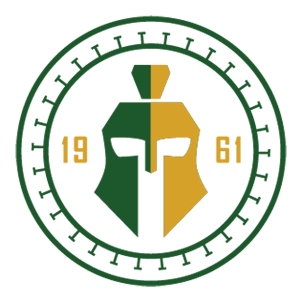Chemistry
Exam Content
The AP Chemistry Exam consists of two sections: multiple choice and free response. Both sections include questions that assess the students' understanding of the big ideas, enduring understandings, and essential knowledge, and how they can be applied through the science practices. These may include questions on the use of modeling to explain chemistry principles, the use of mathematical processes to explain concepts, making predictions and justifying phenomena, experimental design, and manipulation and interpretation of data.
The exam is 3 hours, 15 minutes long and includes both a 90-minute multiple-choice section and a 105-minute free-response section. The multiple-choice section accounts for half of each student's exam grade, and the free-response section accounts for the other half.
The AP Chemistry Course and Exam Description, Effective Fall 2019 provides complete details about the exam
Section I: Multiple-Choice Section
Section I consists of 60 multiple-choice questions, either as discrete questions or question sets, that represent the knowledge and science practices outlined in the AP Chemistry Curriculum Framework, which students should understand and be able to apply. Question sets are a new type of question: they provide a stimulus or a set of data and a series of related questions.
Section II: Free-Response Section
Section II contains two types of free-response questions (short and long), and each student will have a total of 105 minutes to complete all of the questions. This section also contains questions pertaining to experimental design, analysis of authentic lab data and observations to identify patterns or explain phenomena, creating or analyzing atomic and molecular views to explain observations, articulating and then translating between representations, and following a logical/analytical pathway to solve a problem.
Beginning with the May 2014 administration of the AP Chemistry Exam, multiple-choice questions contain four answer options, rather than five. This change saves students valuable time without altering the rigor of the exam in any way. A student's total score on the multiple-choice section is based on the number of questions answered correctly. Points are not deducted for incorrect answers or unanswered questions.
